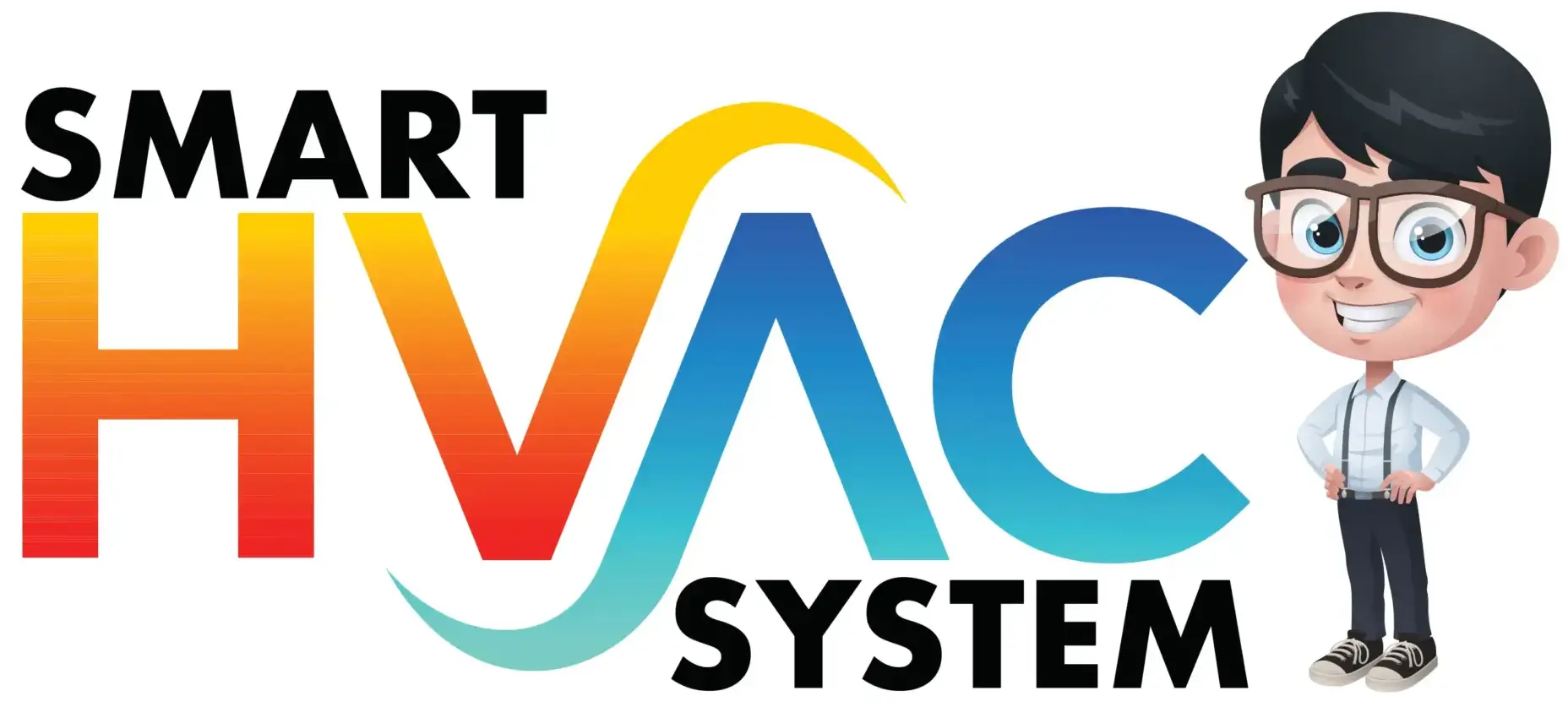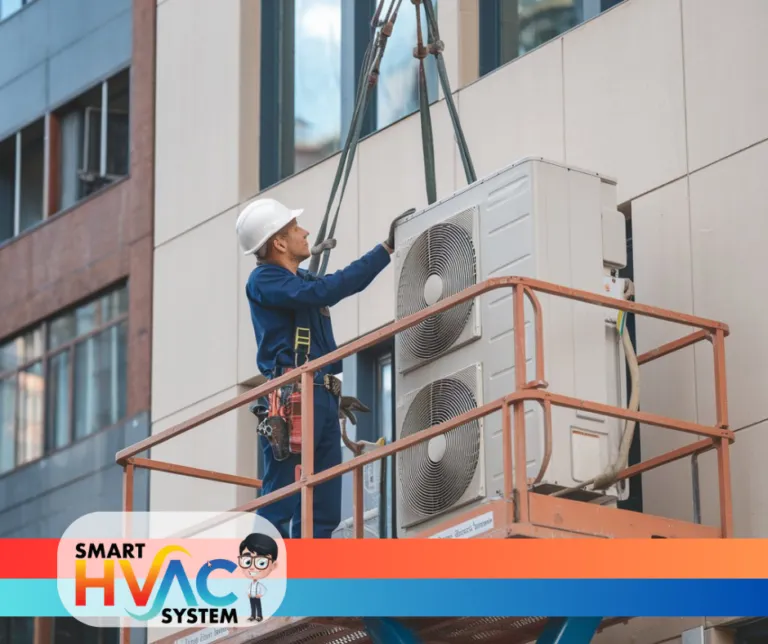Installing a new air conditioning system is a crucial step toward maintaining a comfortable and energy-efficient home. Whether you’re upgrading your old unit or installing one for the first time, understanding the air conditioning installation process helps you make better decisions and ensures the system operates efficiently for years to come.
1. Understanding Air Conditioning Installation
Air conditioning installation involves more than just placing a unit in your home. It requires careful planning, proper sizing, and professional handling to ensure optimal performance. A properly installed system not only cools your home effectively but also reduces energy consumption and extends the lifespan of your air conditioner.
2. Types of Air Conditioning Systems
Choosing the right air conditioner depends on your home’s size, cooling needs, and budget. Here are the most common types:
- Central Air Conditioning: Ideal for large homes, this system uses ductwork to distribute cool air evenly.
- Ductless Mini-Split Systems: Perfect for homes without ducts, offering zoned cooling and improved energy efficiency.
- Window Units: A cost-effective solution for small spaces, ideal for cooling individual rooms.
- Portable Air Conditioners: Flexible and easy to move, these units are suitable for temporary or supplemental cooling.
Each system has unique benefits, and understanding their features helps you select the best fit for your home.
3. Key Considerations Before Air Conditioning Installation
To ensure a successful air conditioning installation, consider the following factors:
- Home Size and Layout: Properly sizing your unit is essential. An oversized or undersized system can lead to inefficiency and increased energy bills.
- Energy Efficiency: Look for systems with a high SEER (Seasonal Energy Efficiency Ratio) rating to maximize energy savings.
- Ductwork Condition: If installing central air conditioning, ensure your ductwork is clean and free from leaks to improve airflow and efficiency.
- Placement of Units: Proper placement of the indoor and outdoor units is essential for optimal cooling and noise reduction.
- Local Building Codes: Ensure compliance with local regulations and obtain necessary permits before starting the installation.
4. The Air Conditioning Installation Process
A successful installation involves several critical steps. Here’s what to expect:
- Assessment and Planning: Professionals evaluate your home’s cooling needs and determine the best system size and type.
- Unit Placement: The outdoor condenser is positioned on a stable surface with adequate ventilation. The indoor unit is installed for optimal airflow and accessibility.
- Connecting Components: This involves installing refrigerant lines, electrical connections, and any required ductwork modifications.
- Sealing and Insulating: Proper insulation and sealing ensure minimal energy loss and increased efficiency.
- System Testing: After installation, technicians test the system to ensure proper airflow, temperature regulation, and refrigerant levels.
- User Guidance: Your installer will provide instructions on operating the unit and performing basic maintenance.
5. Common Air Conditioning Installation Mistakes to Avoid
Avoiding these mistakes ensures long-term efficiency and prevents costly repairs:
- Incorrect Unit Size: Improper sizing leads to inefficient cooling and increased wear and tear.
- Poor Ductwork Sealing: Leaky ducts can waste up to 30% of the system’s energy output.
- Improper Refrigerant Levels: Incorrect refrigerant charges affect cooling efficiency and can damage the compressor.
- Neglecting Ventilation: Inadequate ventilation can cause overheating and system failure.
6. Benefits of Professional Air Conditioning Installation
Hiring a qualified HVAC technician ensures:
- Correct Sizing and Installation: Professionals accurately size and install your system for peak efficiency.
- Warranty Protection: Many manufacturers require professional installation to maintain warranty coverage.
- Compliance with Codes: Experts ensure your system meets local safety and building regulations.
- Energy Savings: Proper installation reduces energy waste and lowers utility bills.
7. Post-Installation Maintenance Tips
Regular maintenance keeps your air conditioning system running smoothly. Here’s how to maintain your system:
- Change Air Filters: Replace filters every 1-3 months to improve airflow and indoor air quality.
- Clean the Coils: Keep evaporator and condenser coils free of dirt and debris.
- Inspect Refrigerant Levels: Ensure your system has the correct refrigerant levels for efficient operation.
- Schedule Annual Check-Ups: Professional inspections identify and fix issues before they become major problems.
8. When to Replace vs. Repair Your Air Conditioning System
If your current system shows these signs, replacement might be more cost-effective than repair:
- Frequent Breakdowns: Recurring issues suggest your system is nearing the end of its lifespan.
- Rising Energy Bills: An aging system becomes less efficient, increasing energy costs.
- Inconsistent Cooling: Uneven temperatures indicate system inefficiency or duct problems.
Air conditioning installation is a complex process that requires careful planning and professional execution. By choosing the right system, following proper installation steps, and maintaining your unit regularly, you can enjoy reliable cooling and energy efficiency for years to come. Always consult experienced HVAC professionals to ensure a smooth and successful installation.

